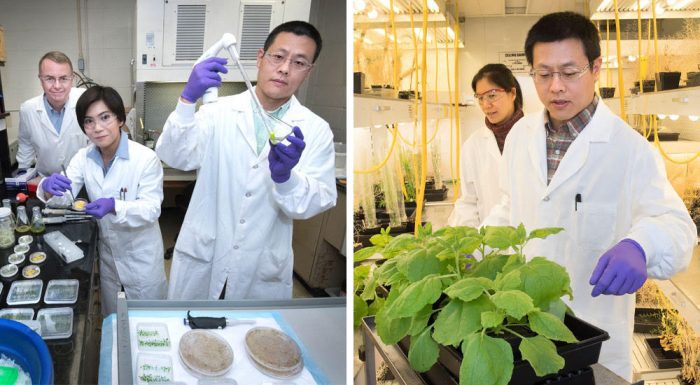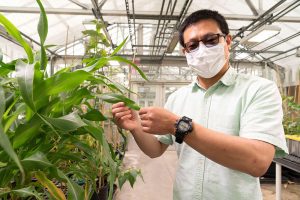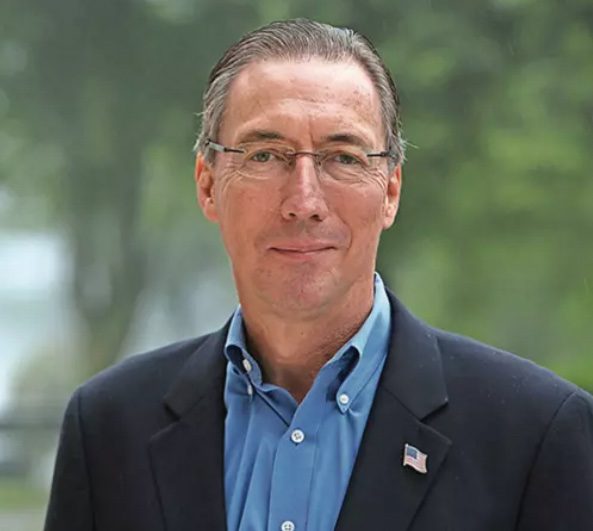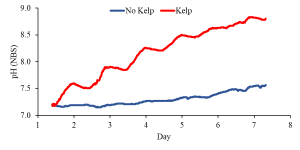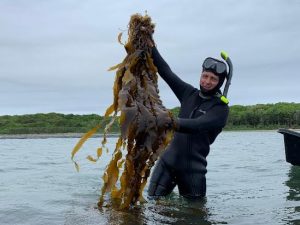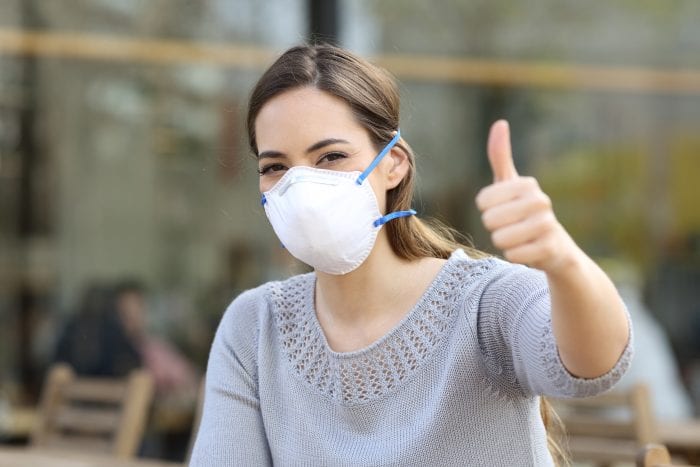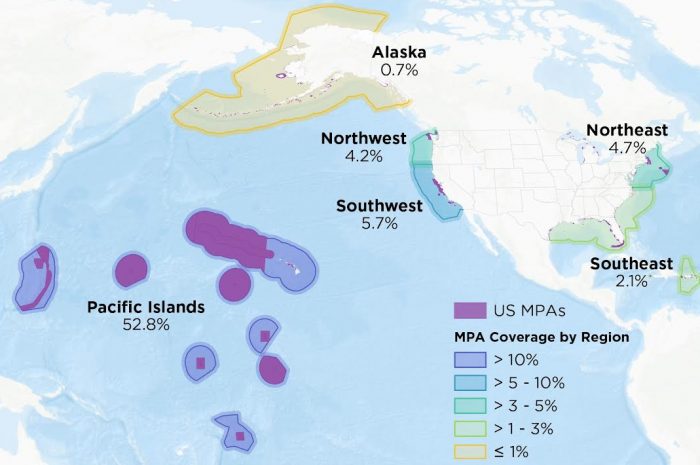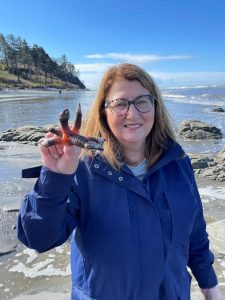By Daniel Dunaief

Dear President Biden,
In an ideal world, everyone would be rooting for you. After all, as the leader of the country, your success is our success.
That’s certainly how the late George H.W. Bush (41, not 43) felt when he left a supportive note for Bill Clinton, the politician who defeated him.
We don’t live in that world. People are actively rooting against you, many of them American and many of them eager for power, influence and opportunity. Against that backdrop, I’m sure it’s challenging to get out in front of any story or narrative. You can’t control gas prices, right? You can’t control the weather, the global economy, the war in Ukraine or anything else that’s casting a pall over the nation and the world.
And yet, your job requires a certain level of messaging, communicating and leadership. You might not feel you can do much about the litany of problems you face — Republicans won’t let you, inflation is cutting everyone’s pay, and Covid continues to make people sick.
But here’s the thing: you need to get out in front of something. You need to step up and tell us how things will get better. We want to believe you because everyone wants happier days.
That starts with you. In the midst of some heated tension with the Soviet Union, Ronald Reagan offered the country the kind of reassurance that you haven’t provided. Despite the collection of nuclear missiles pointed at us, Reagan suggested that we were safe and should sleep well.
Look, I get it. People pounce on every syllable you say that might be a bit hard to follow. You’ve had a long history of verbal gaffes. But you can’t let fear of saying the wrong thing keep you from saying anything. Americans see you periodically, but you rarely tell us anything memorable or offer us a digestible helping of hope.
Your administration as a whole seems to be following your lead. No one in your cabinet has given us the sense that things will get better soon or, for lack of a better phrase, “you got this.” You have the largest bully pulpit in the world. The press follows your every move. Use that to your advantage. Seize the narrative. Give us a Project Hope or a positive message. Celebrate Americans doing good for their country.
The talking heads on both sides have given Americans an enormous dose of anger every day. It’s become an outlet for their energy and a way to keep Americans glued to their screens, waiting for the latest outrage and the newest opportunity to be disgusted by the other side.
When you ran for office, you assured us that we would return to normalcy and that you’d bring some measure of civility and decency back to the oval office. Here we are, the clock is ticking, and the anger machines from our two parties are in full gear.
Show the kind of leadership the situations demand. You don’t have to solve everything at the same time, but give us a regular update or an idea of what you know will work.
We need you to show us you have ideas we can support and that you have a plan you’re putting into action.
I understand your plan is to run for office in 2024. Why? How would that help the country? We know Republicans in the house, outraged on behalf of the two impeachments of your predecessor, may launch a host of investigations into you and your son if, as expected, they take the majority in the upcoming midterms.
When that process starts, being angry and outraged will only throw your own fury on the fire. We, and you, need positive and effective leadership now. Talk to Americans, share your plan for a better today and tomorrow. We need you to succeed. While what you’ve done so far might be undervalued and undercovered, we need visible wins. Break this pattern and give us reasons to believe in you and in the future.


